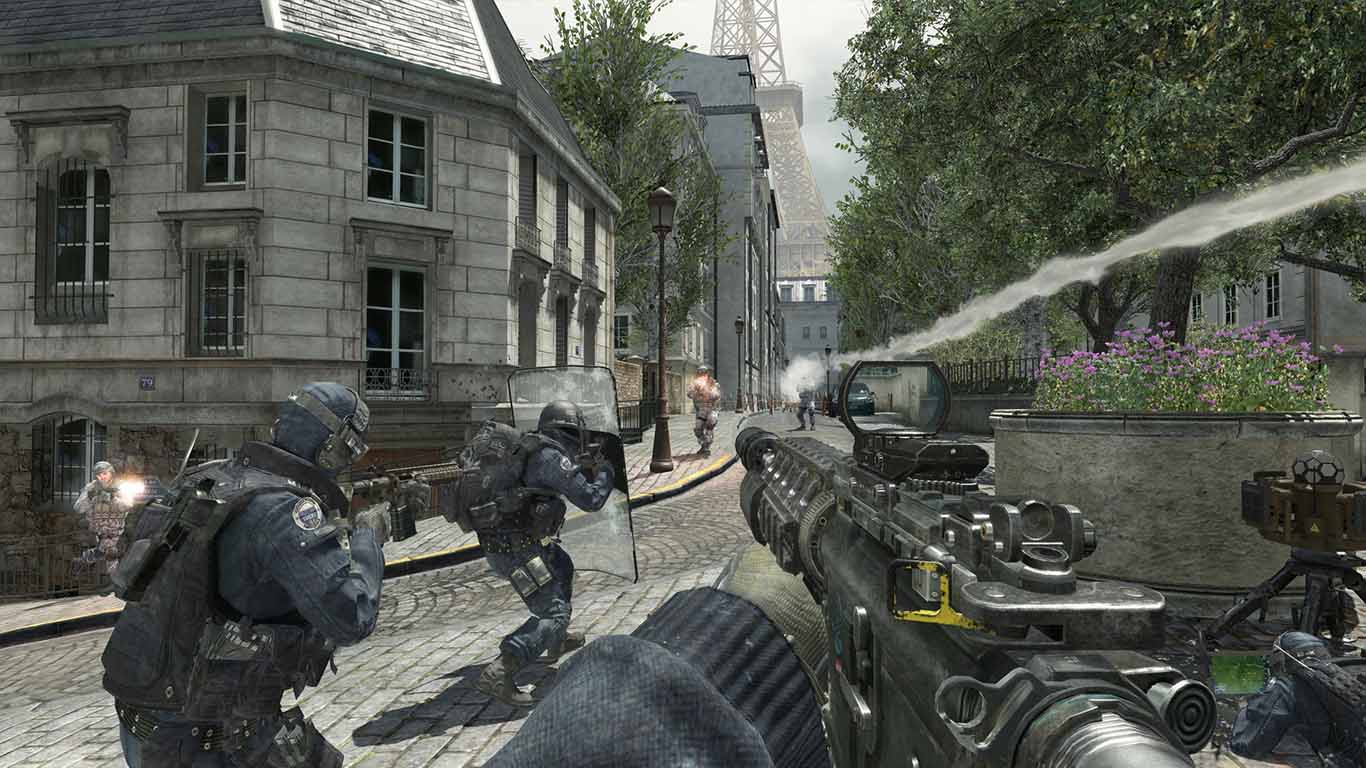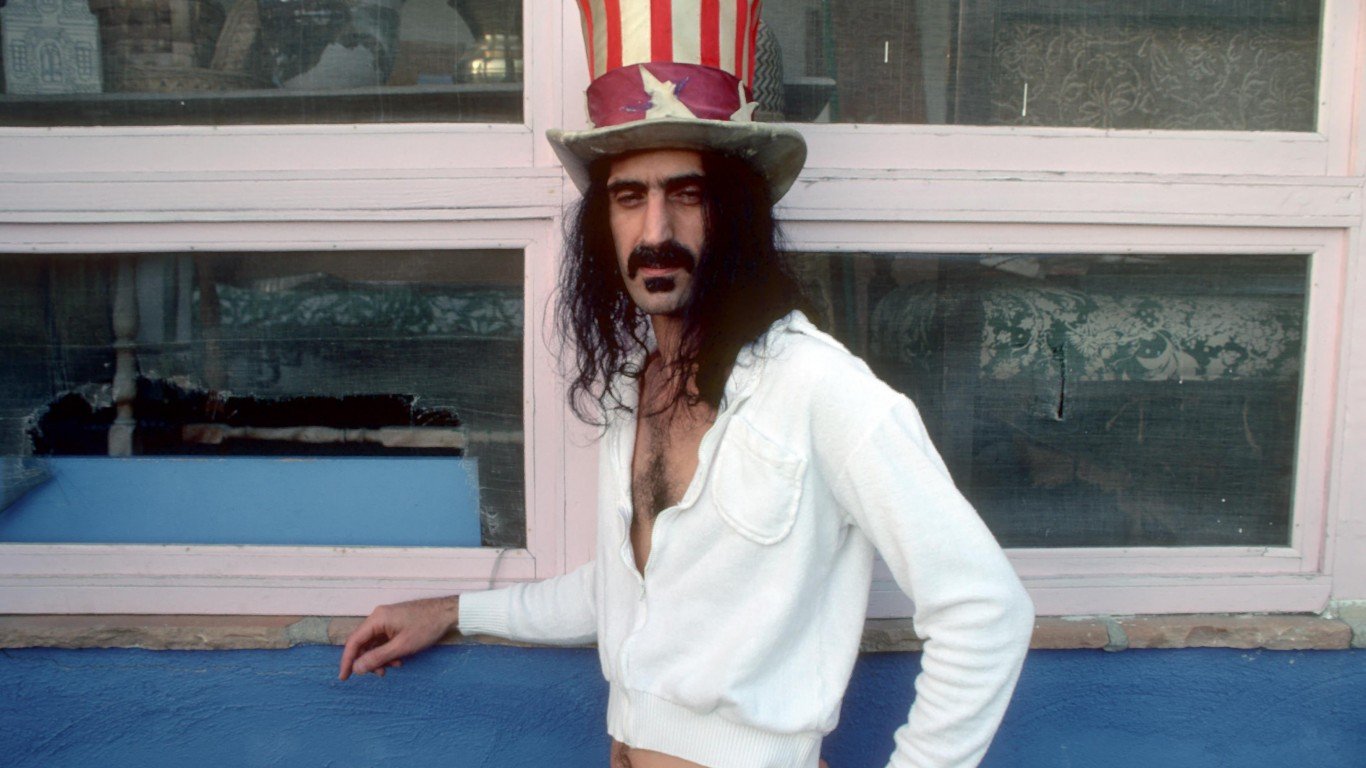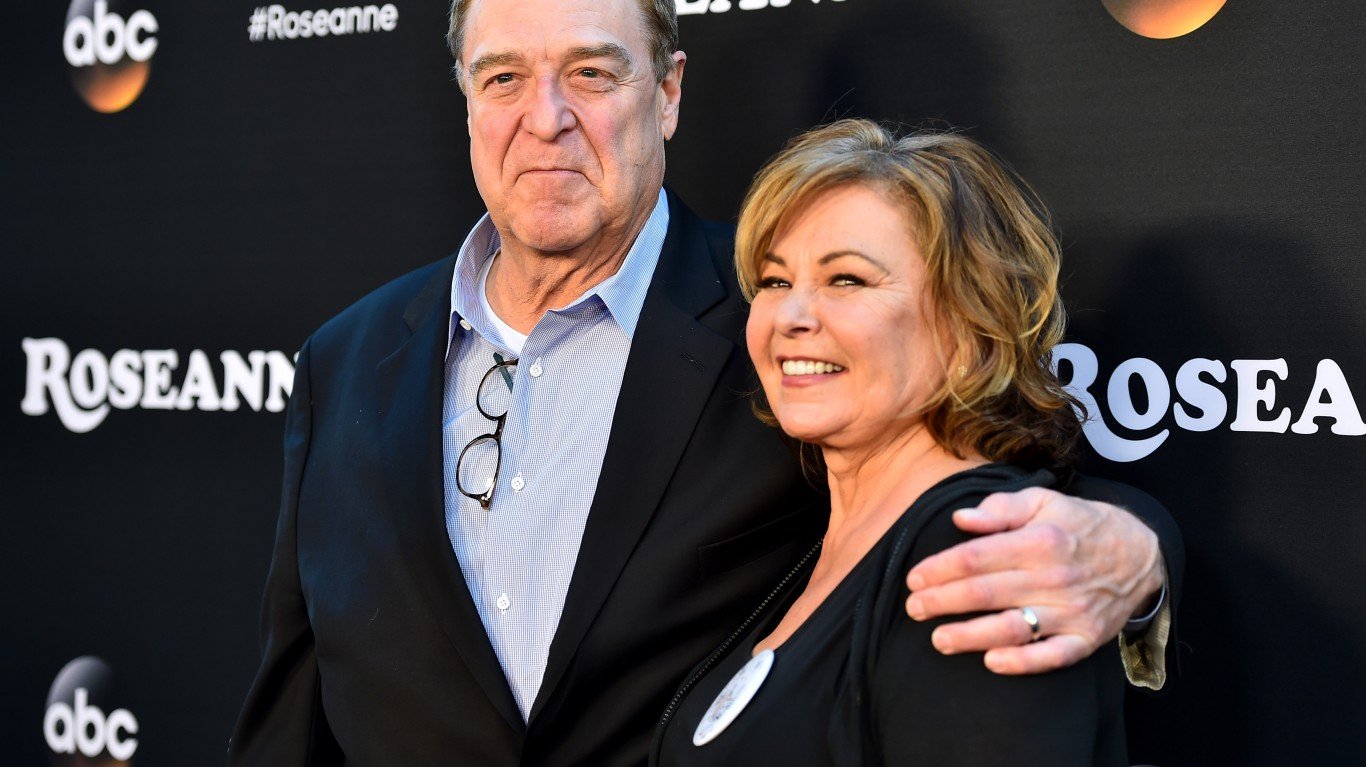

Following a year in which many Americans were forced either by restrictions or by good sense to stay home more, several consumer discretionary industries have prospered. Streaming video services, home delivery of food and groceries and, of course, technology to help with school and work from home were among goods and services in high demand last year.
[in-text-ad]
Looking at the interactive entertainment industry, analysts at Jefferies offer four key takeaways from their recent review:
- The video game industry is “as strong as ever” and game players aren’t going to stop when lockdowns end.
- Multiple tailwinds from “broader societal acceptance, better monetization of engagement, and expansion opportunities for the best IP,” or, intellectual properties.
- Expected step increases on in-game spending
- “[V]aluations aren’t cheap, but reasonable.”
Analysts at Jefferies have resumed or initiated coverage on five stocks related to video games and two music companies. Here’s a look at the three video game makers, one mobile video game maker, one music streaming company, and one music label Jefferies reported on Thursday.
Activision Blizzard
Jefferies maintained both its Buy rating and its $120 price target on Activision Blizzard Inc. (NASDAQ: ATVI). The analysts continue to believe that Activision has “best-in-class” IP and that the company should see “step function increases” as it builds ecosystems that “expands both the audience and longevity.”
The company’s Call of Duty franchise is a “great example of ecosystem,” according to Jefferies. The company has expanded its user base from annual sales of 30 million CDs to about 430 million free downloads, which Jefferies estimates grew revenue from the franchise from $1.4 billion in 2018 to more than $3 billion last year.
In sum, here’s the analysts’ outlook for Activision:
The next several years should see the fruits of the company’s labor in reorganizing around its core IP and building a strategy of expanding its player base and monetization models. For the first time in a decade, we expect to see several consecutive years of top line growth and an even faster bottom line rate.
The Jefferies price target is higher than the $113.20 consensus target, and the potential upside to a trading price of around $93.70 early Friday morning is 28% for the Jefferies target.
Activision’s stock traded down about 0.8% Friday afternoon, at $92.92 in a 52-week range of $62.34 to $104.53. The company pays an annual dividend of $0.47 (yield 0.5%).
Electronic Arts
Jefferies upgraded its rating on Electronic Arts Inc. (NASDAQ: EA) from Hold to Buy and jacked up its 12-month price target from $140 to $165 per share. The analysts say they “believe investors have been too negative and underappreciated the underlying assets at EA. We see green shoots of returning to more normalized growth.”
The analysts are upbeat on the $2.1 billion acquisition of Glu Mobile and believe that the deal, which is expected to close in June, may take a while to demonstrate projected synergies and benefits but that the deal “will be a successful one.”
Even though the forced stay-at-home audience for games is about to fade away and Electronic Arts is about to lose its exclusive license to make Star Wars games, Jefferies proposes another way of looking at the company’s situation:
[W]e see a robust visible pipeline, easier comps than its peers, and a big redemption title launching soon that couldn’t be in a better position. With low expectations and reasonable valuation, we upgrade to Buy.
Jefferies’ price target of $165 is above the consensus of $158.70 and suggests upside potential of about 17% to a Friday price of around $141.10.
Electronic Arts’ stock traded up less than 1% Friday morning, at $141.85 in a 52-week range of $110.15 to $150.30. The company pays an annual dividend of $0.68 (yield of 0.48%).
Take-Two
Jefferies maintained both its Hold rating and its $185 price target on Take-Two Interactive Software Inc. (NASDAQ: TTWO). The analysts note that Take-Two is working on more than 90 projects, of which about half are sequels or new versions of popular games. They also think that the half of those projects that are new “further shows the long-term health” of the company. The risk is that COVID-19 has had a ” bigger impact on production, leading to smaller near-term catalog as well as providing outsized benefit to FY21 results, thus putting FY22 in a rare down year.” A better entry point for buying the stock may become available.
[in-text-ad]
Based on the number of projects the company has in the works, the analysts think Take-Two has the “biggest opportunity to grow earnings over the next five years.” Jefferies even sees per-share earnings rising to $9 by 2024 and calls that level the “new normal.”
Take-Two’s shares traded Friday at around $175.50, implying potential upside of 5.4% to the $185 Jefferies price target. The consensus price target on the stock is $219.88.
At last look, the stock was down about 1.9% for the day to $175.00, in a 52-week range of $118.01 to $214.91. Take-Two does not pay a dividend.
Zynga
The last remaining exclusively mobile game developer, Zynga Inc. (NASDAQ: ZNGA), scored a Buy rating and a $13 price target as Jefferies resumed coverage on the stock. The company is the last pure-play mobile game developer, and Jefferies’ analysts believe that Zynga is “best-positioned to win” in a world that no longer includes the Identifier for Advertisers (IDFA) (at least by default on iPhones) that companies like Zynga used to track users. The lack of IDFA tracking means that spending on advertising likely will go up and demand more investment in advertising analytics and ad networks.
Those are near-term concerns, however, and Jefferies “advise[s] investors to be buyers in the event of any weakness, as the stock is trading only slightly higher vs. the 2020 peak of $10.41.” Zynga is “well positioned to leverage its scale in traditional mobile to achieve both faster-than industry growth, and margin expansion as more franchises become forever. Moreover, we like the optionality that Zynga is building social to mid-core titles for PC/Console/ browser.”
With Zynga stock trading up slightly Friday morning at around $10.70, the upside potential to Jefferies’ target of $13 was around $21.5%. The consensus price target on the stock is $13.12. The stock’s 52-week trading range is $7.18 to $12.32. Zynga does not pay a dividend.
Skillz
Jefferies initiated coverage on e-sports platform developer Skillz Inc. (NYSE: SKLZ) with a Hold rating and a price target of $17. That’s lower than the IPO price of $17.89 on December 20, when the company completed a reverse merger with a special-acquisition company (SPAC).
The company’s rather so-so performance reflects both upside and downside risks. According to Jefferies, investors should look for these positives:
1) new revenue streams from sponsorships of price pools; 2) new game mechanics/competitive modes; 3) name-brand games coming to the platform; 4) ease of mobile OS rules and regulations for a better customer on-boarding experience.
On the downside are the costs of building out the teams that could put pressure on margins, slower-than-expected growth and more regulation of competitive mobile gaming.
At a trading price of around $17 Friday morning, Skillz’s stock was fully valued, based on Jefferies’ price target. The consensus price target is $28.71, a potential jump of about 69%. Cathie Wood’s ARK Next Generation Internet ETF holds nearly 6.9 million shares of Skillz stock, for which the average cost has been about $23.86. The fund bought more than 1.2 million of its Skillz shares on Thursday at an average price of $16.57.
Since its IPO, Skillz has traded in a range of $9.81 to $46.30 per share.
[in-text-ad]
Spotify
Jefferies initiated coverage on Spotify Technology S.A. (NYSE: SPOT) with a Buy rating and a price target of $360 per share. While threats to Spotify appear around every corner (think Apple and Amazon), analysts at Jefferies believe that Spotify is “more platform than streaming service” and, as such, has more loyal customers, is less likely to be pushed aside by new technologies, and has a “longer tail of growth/margin expansion.”
Succinctly put, this is the Jefferies outlook for Spotify:
We believe we are in the early innings of a creator economy where content creation/distribution/marketing has been democratized, [and one ] in which Spotify will become the primary audio platform for creators.
That means beating Apple and Amazon and handfuls of smaller competitors, an outcome Jefferies thinks is likely given that Spotify adds some 50,000 new songs daily and that the company is “quickly building the tools for the broader audio creator market,” meaning podcasts. The formula, according to Jefferies, is more content creators generate more subscribers, which lead to more content creators and, well, rinse and repeat.
At a current trading price of around $283, upside potential to Jefferies $360 target is 27%. The consensus price target is $321.25.
The stock’s 52-week range is $136.62 to $387.44. Spotify does not pay a dividend.
Warner Music
Jefferies started coverage of Warner Music Group Corp. (NASDAQ: WMG) with a Hold rating and a price target of $39. The big question is whether musicians need a record label when there are any number of tools that independent artists can use to record and distribute their music without having to go to a major label like Warner.
The analysts see multiple new opportunities for labels to better monetize music, ranging from “deeper integration with social media, new platforms such as live streaming and exercise, and emerging engagement worlds like ‘metaverses.'” Traditional tactics like buying back-catalogs and new ideas like non-fungible tokens also could create new revenue streams.
While Jefferies is upbeat on the industry, the analysts also say that their valuation analysis indicates that Warner Music “looks like a fair-valued stock.” The analysts expect overall margin to be a bit lower once lower-margin live concerts return, but say it could be wrong about the “margin profile. … The return to live music could be even bigger than we anticipate though we are very bullish.”
At a current trading price of around $37.10, the upside potential to the $39 Jefferies target is about 5.1%. The consensus price target on the stock is $40.07.
Warner’s post-IPO range is $25.61 to $39.61, and the company pays an annual dividend of $0.48 (yield of 1.33%).
Sponsored: Find a Qualified Financial Advisor
Finding a qualified financial advisor doesn’t have to be hard. SmartAsset’s free tool matches you with up to 3 fiduciary financial advisors in your area in 5 minutes. Each advisor has been vetted by SmartAsset and is held to a fiduciary standard to act in your best interests. If you’re ready to be matched with local advisors that can help you achieve your financial goals, get started now.
Thank you for reading! Have some feedback for us?
Contact the 24/7 Wall St. editorial team.
 24/7 Wall St.
24/7 Wall St. 24/7 Wall St.
24/7 Wall St.


